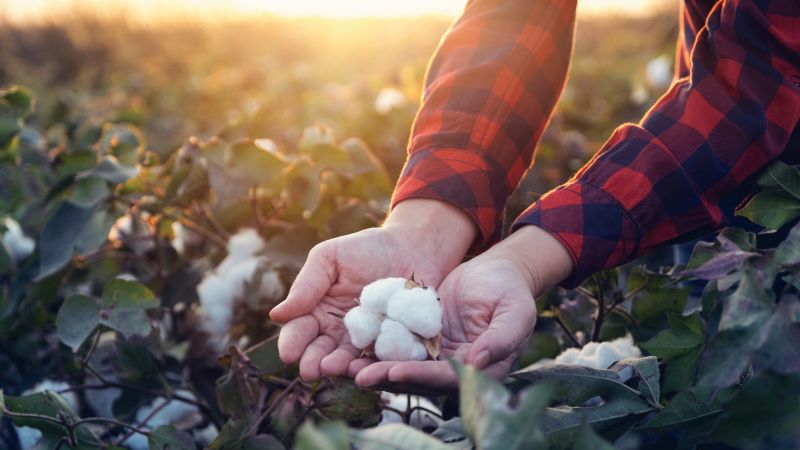Can Cotton Fundamentals Keep Justifying Higher Prices?
Despite faltering prices at week’s end, cotton enjoyed a very positive week as prices increased and exports sales continued robust.
Cotton established life of contract highs across the board. New York noted the stronger Chinese market and followed suit. Further, the On-Call sales report, particularly for the May contract, lent a hint of support to higher prices.
Discussion abounds as to whether cotton fundamentals can justify higher prices, much less current prices. Yet, world cotton demand is increasing, and world production is headed lower as world carryover stocks are declining. Certainly, this is a recipe for higher prices.
Nevertheless, the current USDA forecast still lists world carryover at 95 million bales and U.S. carryover at 4.6 million – seemingly too high to justify prices in the mid 80-cent realm. Yet, the forecast for improved economic activity associated with consumer spending and boosted by a potentially new congressional stimulus package allows for potentially more expanded economic growth than expected.
Old crop prices did move above 83 cents – our objective for pricing 50% of old crop. The December 2021 contract climbed to within 80 points of 80 cents – our point for pricing 50% of the new crop. The ready availability of U.S. cotton will continue to find favor with world mills, and prices now look to move further into uncharted waters. With first notice day on the horizon, the March contract will challenge the 85-cent level as exports lead the way. The new crop December continues its push to 80-81 cents. But, at that level, additional bullish fundamentals will be required for higher prices.
Export sales continue to impress as weekly net sales of upland totaled 292,400 bales and Pima sales were 23.800 bales. Principal buyers were Vietnam, Pakistan, Turkey, Bangladesh and Indonesia. While sales to China were negative due to cancellations, shipments to China led the way. Net shipments were an impressive 322,400 bales of upland, and weekly shipments to China were 137,100 bales. Pima shipments were 8.4 million bales. Export sales were extremely broad based, as sales were made to 21 countries – the largest number for the year. Likely, USDA will have to increase its estimate of U.S. export some 300,000 bales, or up to 15.55 to 16.0 million bales.
World garment and apparel manufacturers and international brand name retailers have faced growing pressure from Washington’s focus on human rights abuses. Washington’s new administration signaled direct support for agriculture and cotton as Treasury Secretary nominee Yellen and State nominee Blinken both signaled their desire to continue current policies toward China. The success of the former Administration’s efforts to rein in China with respect to trade – and in particular cotton/textile trade – served agriculture well.
Additionally, former Secretary Pompeo’s push for controlling China’s human rights abuses drew notice from Blinken. The U.S. has now garnered support from Great Britain, Australia and other European countries in banning cotton-based and other goods from Xinjiang (China’s primary cotton producer) from entering their respective countries. The Xinjiang province of China has always been run by the Chinese military and forced labor camps have been used as a means of controlling the region. The world’s past four-year crackdown on these practices of the Chinese government have served the world’s consumers and agricultural sectors well.
The continued rise in prices has seen mills add to their price fixations and to roll their required price fixations from March to the May futures contract. The result has been to somewhat overload the On-Call sales position of the May contract in favor of higher prices as mills continue to defer their pricing decisions. With an expected decline in cotton production across the world in the coming season, the near-term value for cotton is enhanced. This support is currently limited but will become more pronounced if current conditions continue.
Old crop pricing should be at least 50% completed at 83 cents, basis March. New crop pricing should be at least 50% completed with December at 80 cents.
Give a gift of cotton today.








